
 |
|
|
Nursery & Forest
Volume 61 Number 1 Date 04/28/2016 LILY LEAF BEETLE - Overwintered beetles were observed on lily foliage at a residence in Marathon County on April 21, confirming the winter survival of this newly-introduced exotic invader. Detected for the first time in Wisconsin in June of 2014, lily leaf beetle (LLB) has now been reported from at least 30 separate sites, mostly in the Kronenwetter, Mosinee, Rothschild and Weston areas of Marathon County. Currently the LLB population appears to be limited to Marathon County, thus control or eradication may still be possible with diligence on the part of local communities. Gardeners, nursery growers and residents---particularly those in counties other than Marathon County where LLB is known to be established---are encouraged to closely inspect lily plants for the bright red beetles and their larvae and report any finds to the DATCP Nursery Program at datcpnursery@wisconsin.gov. Recommended controls include manually picking the adults and larvae from plants or applying an insecticide labeled for use on ornamental plants. More than one application may be required to effectively control LLB. PLANT VIRUSES - Early-season inspections indicate that plant viruses will again be a common problem in Wisconsin greenhouses and nurseries in 2016. Inspections in Kewaunee and Outagamie counties found cucumber mosaic virus (CMV) on begonia, potyvirus on iris, and tobacco rattle virus (TRV) on astilbe, coral bells and hosta. Plant viruses are highly transmissible through routine greenhouse operations and have become increasingly prevalent in the nursery trade. There are currently no controls for virus-infected plants. Once a plant is diagnosed with a virus, DATCP requires it to be removed from sale and destroyed. POWDERY MILDEW - The pathogen Podosphaera xanthii that causes powdery mildew was diagnosed on the Calibrichoa hybrid cultivars 'Double Apricot' and 'Double Compact Red' at a greenhouse in Outagamie County. Cases of this particular powdery mildew on Calibrichoa were once rare, but reports have been increasing in recent years. This species also infects petunias and verbena. Early signs of infection are not readily visible and must be confirmed by microscope. Often the first symptom is dead or dying lower leaves, especially in the interior of the plant. The disease persists in plants at low levels, but spreads rapidly when conditions are favorable, with the typical white, powdery fungal growth becoming conspicuous on infected plants. Careful scouting of the plants, especially the lower, interior leaves will help detect early infections, while cultural controls such as adequate spacing may reduce its spread. Fungicides can be applied in severe outbreak situations. -- Ellen Natzke, DATCP Nursery Inspector EMERALD ASH BORER - The treatment window to apply soil-drench systemic insecticide products to protect ash trees from emerald ash borer (EAB) is now through mid-May. An early spring insecticide application provides ample time for the product to be moved from roots to other tissues throughout the tree prior to the onset of larval feeding. Homeowner available products must be applied annually and are effective on healthy trees up to 20 inch diameter at breast height (DBH) with less than 30% canopy decline. Owners of trees larger than 20 inch DBH are advised to consult a certified arborist or tree care specialist to have their ash professionally treated with products suited for mature ash trees. Professionally-applied products consist of trunk injection or basal bark spray and offer 2-3 years of protection, depending on the active ingredient and local EAB pressure. However, applications of these products should not be made until after leaf expansion, but before recently laid EAB eggs have hatched. The treatment period for professionally-applied materials is generally from mid-May to mid-June. NEW EAB FINDS - EAB insecticide treatments should only be considered for healthy, high-value ash trees within 15 miles of an infestation. The 41 Wisconsin counties currently quarantined for EAB are shown in gray in the map below; the 214 EAB-infested municipalities and townships are in green. The most recent addition to the EAB quarantine is Portage County, following an April 6 find in the City of Stevens Point. Other detections in the last two months include the following 18 municipalities, all located in counties already under quarantine: Columbia County (Towns of Lewiston and Pacific); Dane County (City of Stoughton); Fond du Lac County (Town of Byron); Jefferson County (City of Lake Mills); Milwaukee County (Villages of Bayside and River Hills); Sheboygan County (City of Sheboygan, Town of Sheboygan Falls); Walworth County (Town of Troy, Village of East Troy); Washington County (Towns of Addison and Polk, Village of Richfield); Waukesha County (City of Brookfield, Town of Vernon, and Villages of Big Bend and Menomonee Falls). Emerald ash borer infestations are now known to occur in 36 of the state's 72 counties. Five additional counties-Iowa, Juneau, Kewaunee, Manitowoc and Wood-are also included in the 41-county EAB quarantine based on their close proximity to known infestations. -- Renee Pinski, DATCP Forest Entomologist GYPSY MOTH - Aerial spraying is scheduled to start in southern Wisconsin during the week of May 9. Slow the Spread (STS) treatments will be conducted in 19 western Wisconsin counties: Barron, Bayfield, Buffalo, Chippewa, Crawford, Douglas, Dunn, Eau Claire, Grant, Green, La Crosse, Lafayette, Pepin, Richland, Rusk, Sawyer, St. Croix, Trempealeau, and Vernon. The DNR Suppression Program is also planning treatments in Rock and Sauk counties. Btk applications will cover approximately 19,075 acres and mating disruption flakes will cover approximately 221,004 acres. After a second consecutive mild winter, gypsy moth populations are expected to be at or near the same levels as 2015. -- Nolan Stracke, Gypsy Moth Program 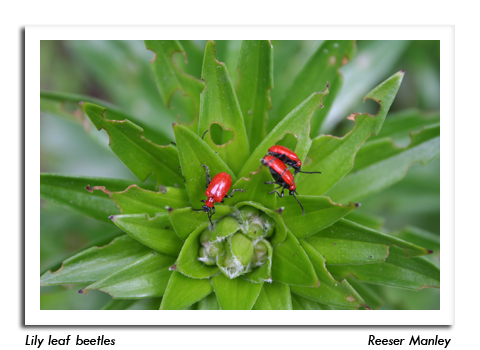
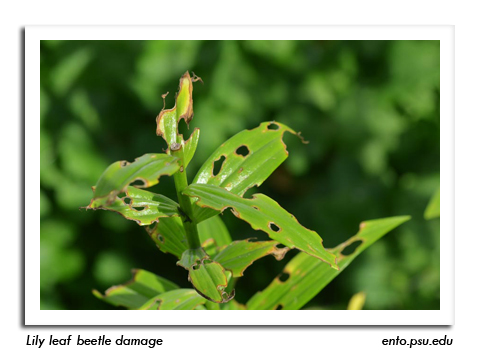

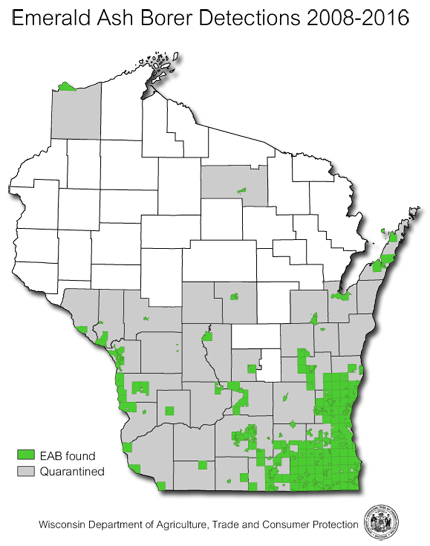
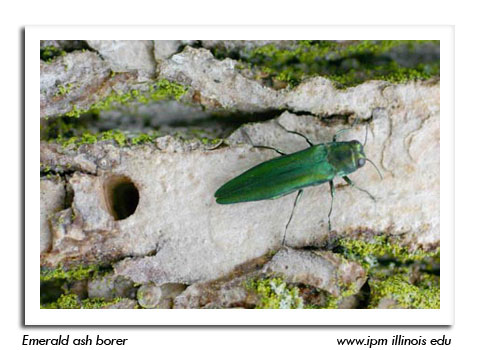
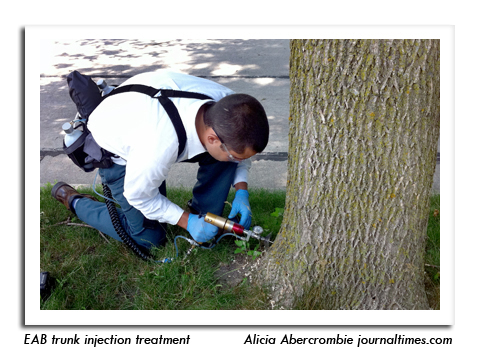
|
|
|